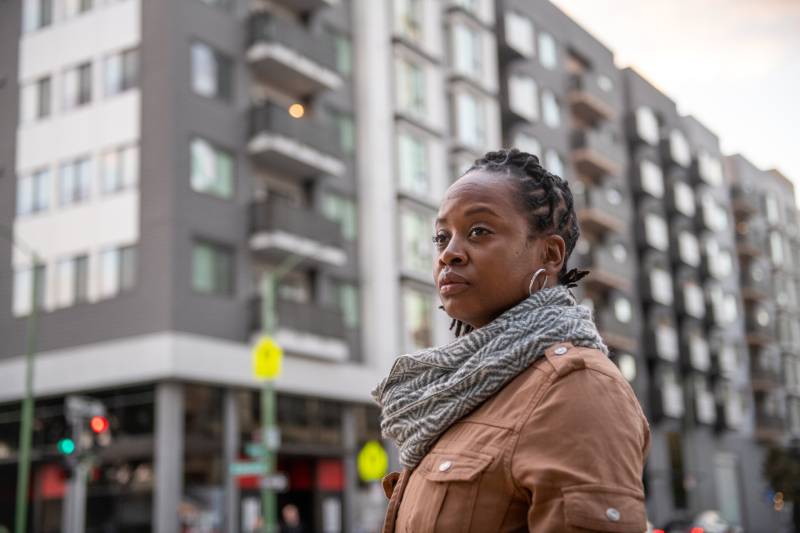“No other type of housing development asks nor requires voter approval in this kind of capacity,” she said.
In the Bay Area, Article 34 votes blocked public housing proposals throughout the ’50s and ’60s, according to a report published by UC Berkeley’s Othering and Belonging Institute. Among them was a 1968 San José project and two 1966 proposals in San Mateo County, where there was no public housing at the time.
The rule further stymied lower-income housing by keeping local officials from ever bringing forward new proposals, the report finds, because they understood voters would likely shoot them down.
Over the years, the courts stripped Article 34 of some of its power (PDF), and local lawmakers and developers found ways around it, but it remains a hurdle today.
“Every time we build affordable housing, we have to ensure that something meets Article 34 authorization or that there is a workaround,” Fishman said. “And that adds cost, it adds time, it adds burden.”
Momentum to scrap Article 34 is building at a time when affordable housing is seen as a primary antidote to rising homelessness.
State lawmakers recently voted to put a constitutional amendment on the 2024 ballot that would repeal it. The California Association of Realtors, the group originally behind Article 34, is now a major proponent of the effort. The group recently apologized for its role in passing the regulation.
But this election, Article 34 is the reason voters in Oakland and two other Bay Area cities are being asked to decide the future of thousands of affordable housing units.
Berkeley’s Measure N (PDF) would authorize 3,000 units of affordable housing units for residents with lower incomes, and South San Francisco’s Measure AA (PDF) would give the go-ahead for roughly 2,000 units over eight years — up to 1% of the total number of existing units in the city each year.
The cities are planning for that lower-income housing as they face pressure to meet state-mandated targets over the next eight years.
“This would be completely new to the city of South San Francisco,” said City Councilmember James Coleman, who’s behind Measure AA. In the past that city has turned to private developers or nonprofits to build affordable housing, he said, and this would allow the city to fund and control more of the process themselves. He argues that would expedite things.
In Berkeley, this kind of authorization isn’t new. Voters have approved similar measures for decades, but Mayor Jesse Arreguín says the stakes are always high.
“The fact that this could, if it doesn’t pass, put a stop to the work that we’re doing in Berkeley to build more affordable housing is unacceptable,” he said.
This year, he says, the initiative is facing greater opposition than in years past. In all three cities, resistance centers on the cost to taxpayers.


